Introduction :
We are often faced with several different yoga class offers, whose names are exotic and aim to attract practitioners fascinated by approaches reminiscent of a fitness class.
Each of us finds a specific motivation to move and to choose one type of yoga over another. In this article, I have chosen to present to you an internationally renowned yoga method, known for its therapeutic and preventive effects. This is Iyengar yoga, whose name owes its creator.
Definition of Iyengar Yoga:
Iyengar yoga originated from the personal experience of Bellur Krishnamachar Sundaraja (BKS) Iyengar, who started doing Asanas with props following a scooter accident to realign his body. Thus, following the success of the practice, he taught students to use various support objects during their session ( carpets, ropes, bricks, blankets, chairs, etc. ) to make the practice more effective and more accessible. . He studied more than 200 classic Asanas and 14 different types of Pranayama to synthesize them and group them according to difficulty, in order to make this practice accessible to everyone and, consequently, to offer beginners a gradual progression.
Iyengar yoga is a therapeutic yoga, since many people have seen considerable improvements in their state of health following its diligent and regular practice.
Moreover, it is based on yogic breathing (pranayama) which is a key element in this yoga, as well as the thorough and regular practice of postures (asanas). While paying particular attention to the alignment of the different parts of the body in space, the organization of postures into sequences, and the use of support (straps, bricks, blankets, chairs, ropes...) to help the body to maintain itself in the adequate postures.
To finally achieve a perfect integration of body and mind and spiritual deepening, Iyengar yoga emphasizes the strengthening and balance of the body, as well as concentration ( dharana ) and meditation ( dhyana ). .
The origin of Iyengar Yoga:
As I mentioned before, this method originated with Bellur Krishnamachar Sundaraja Iyengar, an Indian master who was born in 1918 into a poor family in the village of Belluret in India and died in 2014.
He was born during a flu epidemic and has retained a weak body and a weak immune system. He was often ill (malaria, typhoid fever and tuberculosis) which forced him to spend a lot of time in bed and to miss school.
It was at the age of 16 that he discovered yoga in Mysore under the command of Śri Tirumalai Krishnamacharya, who was his master for 2 years. Then he created in 1973 in Pune his own yoga school: “the Ramamani Iyengar Memorial Yoga Institute”.
He therefore spread yoga throughout the world through a panoply of accessible books, containing the principles of postures and yogic breathing, hence his fame.
Her methods place each part of her body in such a way that it functions to the best of its ability.
This great Indian master was recognized by the Times magazine as one of the 100 most influential personalities of the century. He taught several personalities, such as: Yehudi Mehunin, Queen Elisabeth of Belgium, Sting and Madonna.
In his writings and interviews, he liked to argue that he "didn't create a new yoga, just gave it a new costume."
The benefits of Iyengar yoga :
The postures practiced during the Iyengar yoga session have a range of benefits for both body and mind:
- provide flexibility and strength;
- fight against back pain;
- find a better posture thanks to the work of the spine;
- stretch muscles and joints;
- harmonize the functioning of internal organs;
- soothe and combat stiffness in the pelvis and legs;
- regain good flexibility in the neck and shoulders;
- increase coordination and balance;
- offer serenity to stressed people;
- improve the quality of sleep;
- bring vitality to the body;
- improve the quality of concentration.
The practice of Iyengar yoga :
An Iyengar yoga session can last up to 1h30. Thus, its intensity changes according to the level of each student and according to their pathologies (back pain, painful joints, etc.). The asana program can be fixed in advance and can change over time and according to the level of the learners.
During a class, body alignment is very important. As for the postures, they are organized in sequences. Thus, the positions are rich and complete (forward bends, twists, stretches, etc.) and gradually increase in intensity.

Your teacher or your yogi master or even online videos can guide you during your sessions, where the postures follow a thoughtful logic by adapting to your level and your intentions.
Iyengar yoga asanas are very inspired by hatha yoga and performed step by step while standing or sitting.
The regular practice of this type of yoga requires assiduity, regularity and patience so as not to cut corners but to progress gradually while respecting the body.
Generally a yoga session begins with a time of seated concentration and breathing (pranayama), with the vibratory Om . Then, the teacher guides you through each sequence, with detailed explanations. Finally, the class ends with a Shavasana or Savasana type relaxation, where you lie down on your back, legs and arms extended on the ground.

The main principles of Iyengar yoga :
- Alignment: which refers to the position of the body as a whole. In other words, the anatomy of the various parts of the body between them, in addition to the anatomy of the body and its limbs according to the ground, the wall and the other supports (chairs, bricks, etc.)
- Extensions: which allow you to discover and awaken the various parts of the body.
- Stretching: which stretches all parts of the body (muscles, tendons, ligaments). These stretches are always done in harmony with the breath.

The ideal equipment to practice Iyengar yoga:
Iyengar yoga requires specific equipment to perform the postures, support, and relieve the body. Thus, to concentrate on his body in the different postures, without worrying about the discomfort it could cause.
The right kit for practicing Iyengar yoga, in addition of course to the mat and yoga clothes, mainly consists of:
- chairs, benches, bolster which is a kind of short and thick bolster;
- wooden or cork brick;
- thick woven cotton webbing or rope.
Is Iyengar Yoga for me?
This type is addressed to everyone, regardless of your physical condition or age.
If you want to strengthen your muscles, heal your deepest wounds, whether physical or mental, regain your body's original alignment, then Iyengar yoga is perfect for you.
On the other hand, there is no special contraindication to its exercise. But so that the teacher can adapt the postures, it is essential to inform him if you suffer from particular problems or if you are pregnant.
Conclusion :
From now on, you have a general idea about Iyengar yoga, you just have to start practicing it and make the most of its incomparable therapeutic and preventive virtues.
Do not hesitate to use the space of the comments in order to ask me all your questions.
To go further, I suggest this book:
- Yoga Iyengar: Initiation to the twenty-three classic postures by Belur Krishnamacharya Sundararaja Iyengar

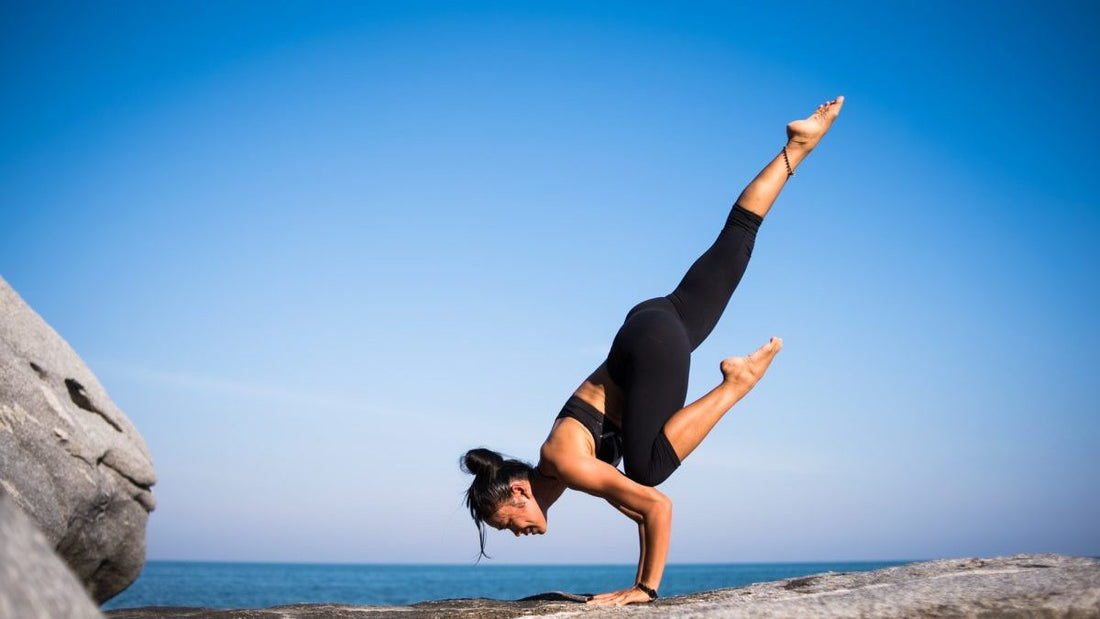
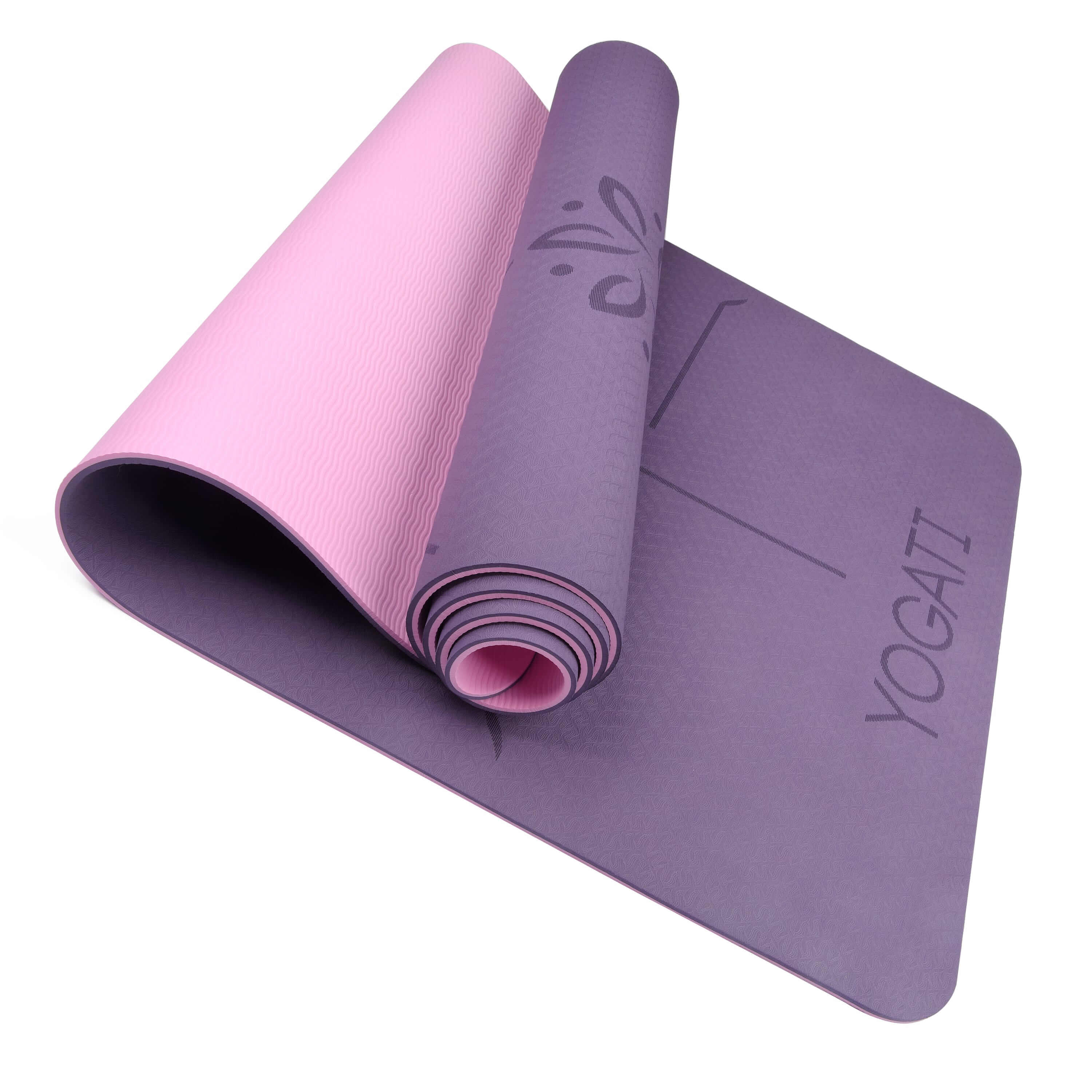
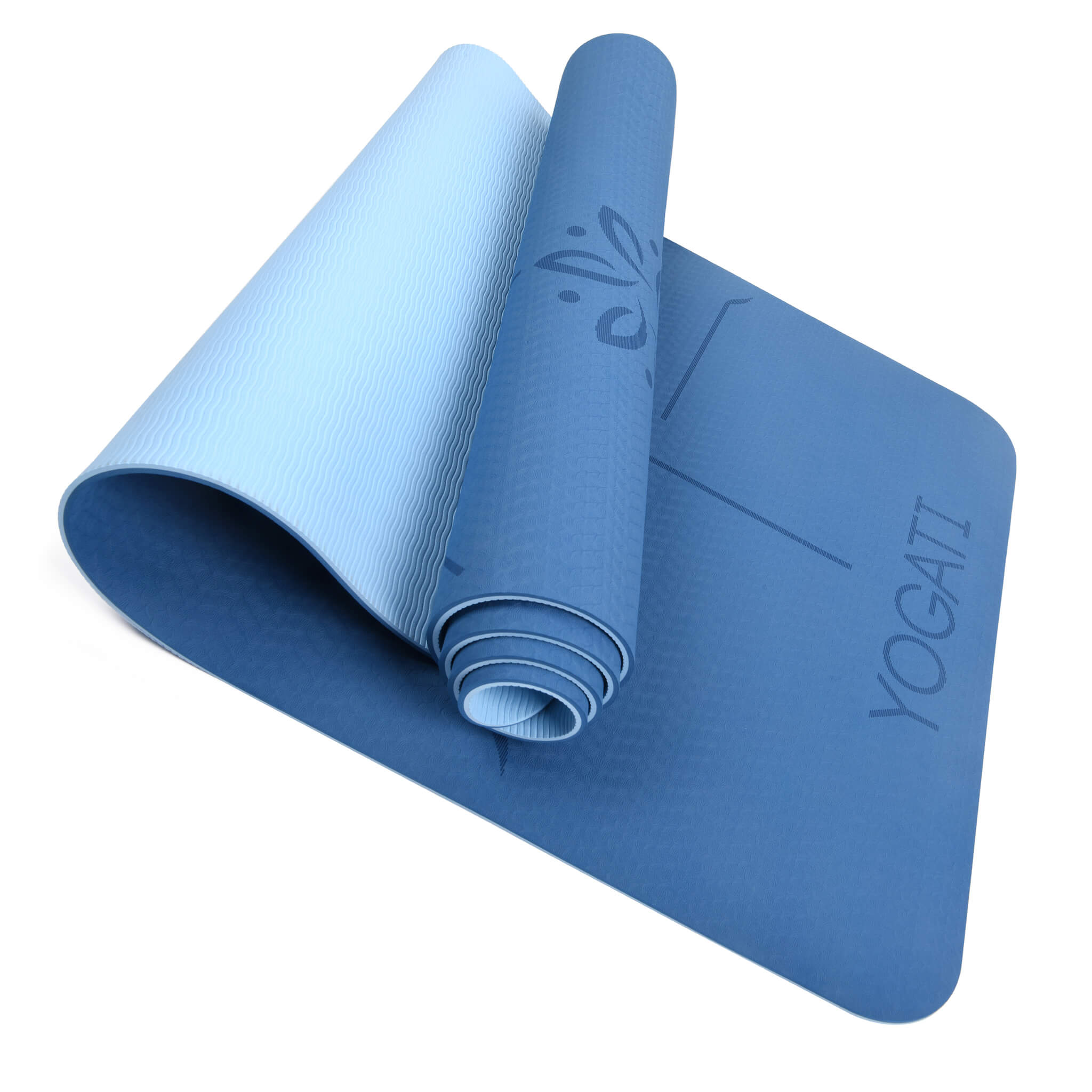
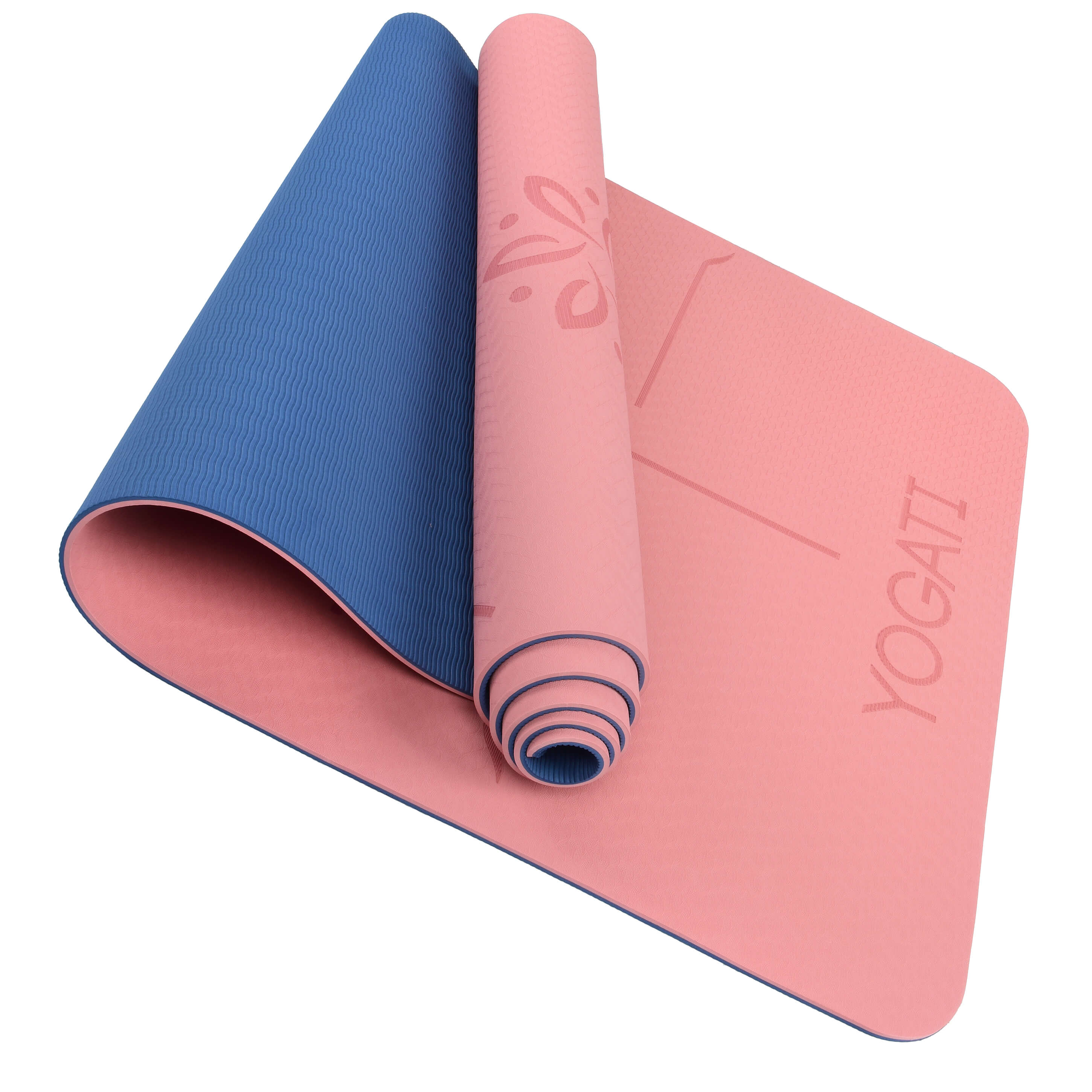
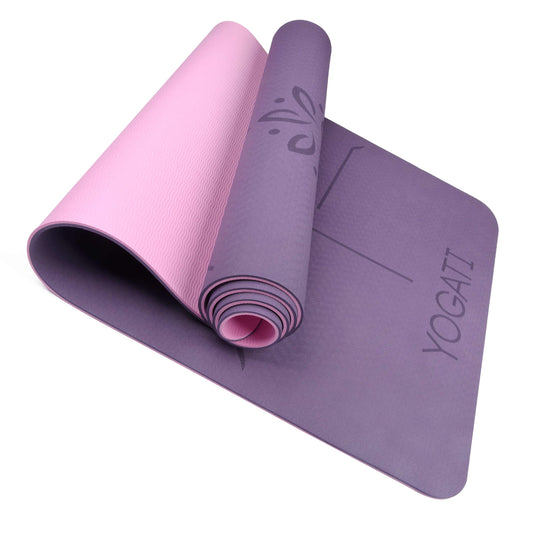
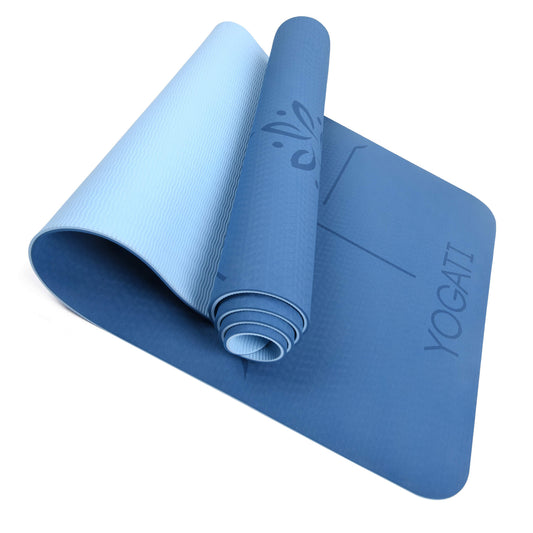
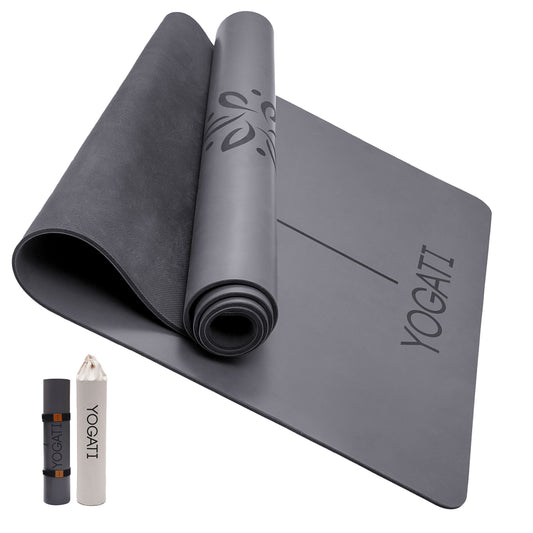
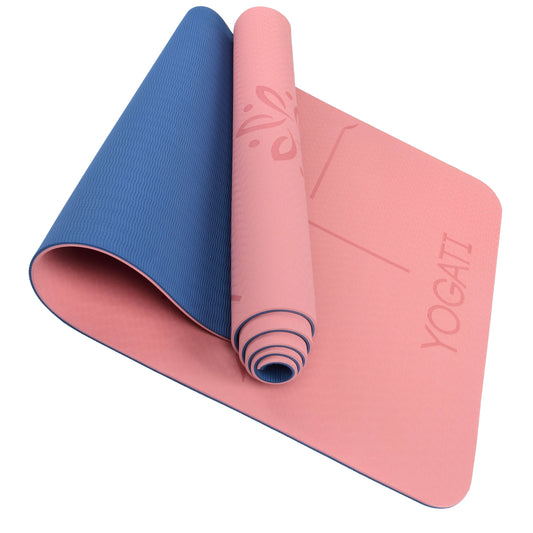
2 comments
Je veux tout savoir sur la gymnastique
Muchas gracias. ?Como puedo iniciar sesion?